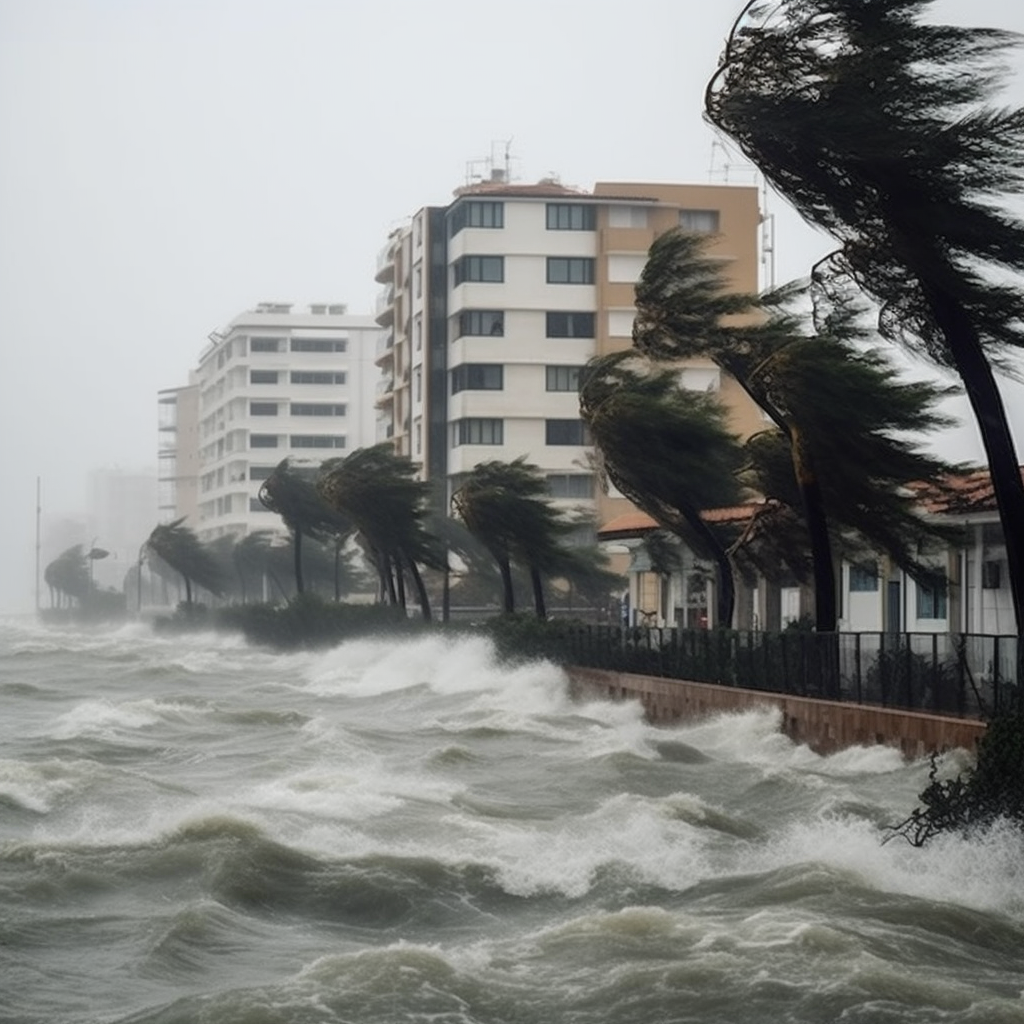August 1, 2024
Climate Change and Global Rainfall – From Typhoons to Cyclones
Book a Demo
Climate change, a global concern that has been dominating discussions in recent years, is causing significant shifts in global rainfall patterns. These changes have far-reaching effects, including intensifying typhoons and other tropical storms.
Recently, countries like China, Taiwan, and the Philippines have been at the receiving end of these changing weather patterns. They experienced the most powerful typhoon of the year, leading to large-scale shutdowns and evacuations. The impact of these climatic changes is tangible and frightening.
A comprehensive study carried out by Zhang Wenxia at the China Academy of Sciences has provided some startling facts. According to Zhang’s research, approximately 75% of the world’s land area has experienced increased “precipitation variability.” This term refers to wider fluctuations between wet and dry weather, a direct consequence of rising global temperatures.
The alteration in rainfall patterns is not just causing fluctuations but is also leading to more intense periods of rainfall and dryness. This enhanced intensity is increasing the likelihood of extreme weather events like droughts and floods.
Typhoons, while they seem to have become less frequent, are growing more powerful due to climate change. For instance, Typhoon Gaemi has been recorded as the strongest to hit Taiwan in eight years. This increase in typhoon intensity can be attributed to the uneven warming of the Pacific Ocean. The western region of the Pacific is warming faster than the eastern part, contributing significantly to the rising strength of these storms.
The implications of these climatic changes are also expected to affect the United States. For every 1 degree Celsius increase in temperature, the water vapor capacity in the lower atmosphere is expected to increase by 7%. This rise in water vapor capacity could potentially lead to a significant surge in tropical cyclone rainfall in the United States. In fact, the increase in tropical cyclone rainfall could be as much as 40% for each single degree Celsius rise in temperatures.
Climate change is certainly a force to be reckoned with, and its effects on global weather patterns are profound and far-reaching. From powerful typhoons in the East to increased cyclone rainfall in the West, no region is immune from its impact. As the world continues to warm, it is crucial for nations globally to collaborate and act promptly to mitigate the effects of this global crisis.
Science4Data is committed to cut through greenwashing and measure real impact. Join the journey to a sustainable future. Your actions matter.



